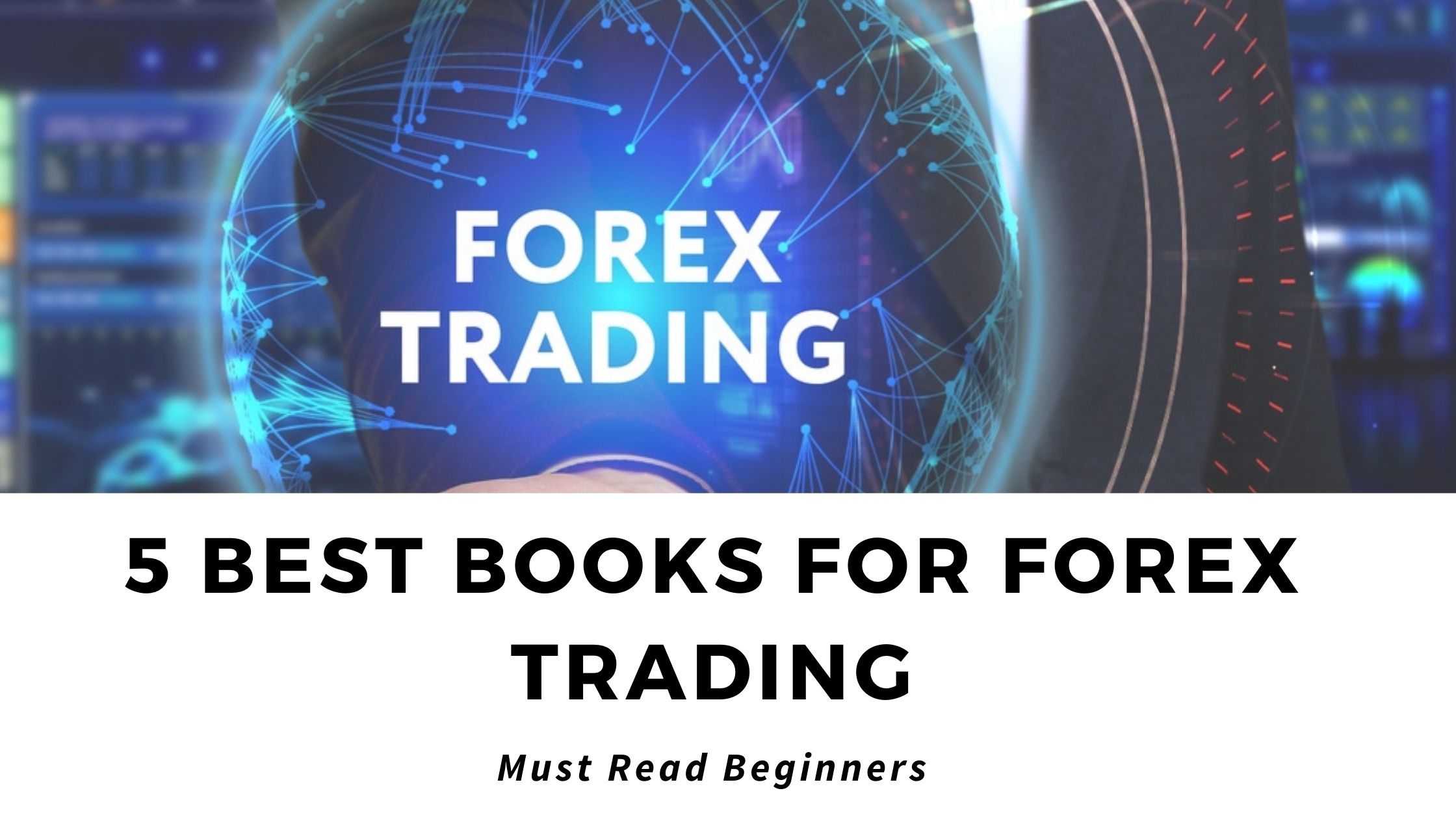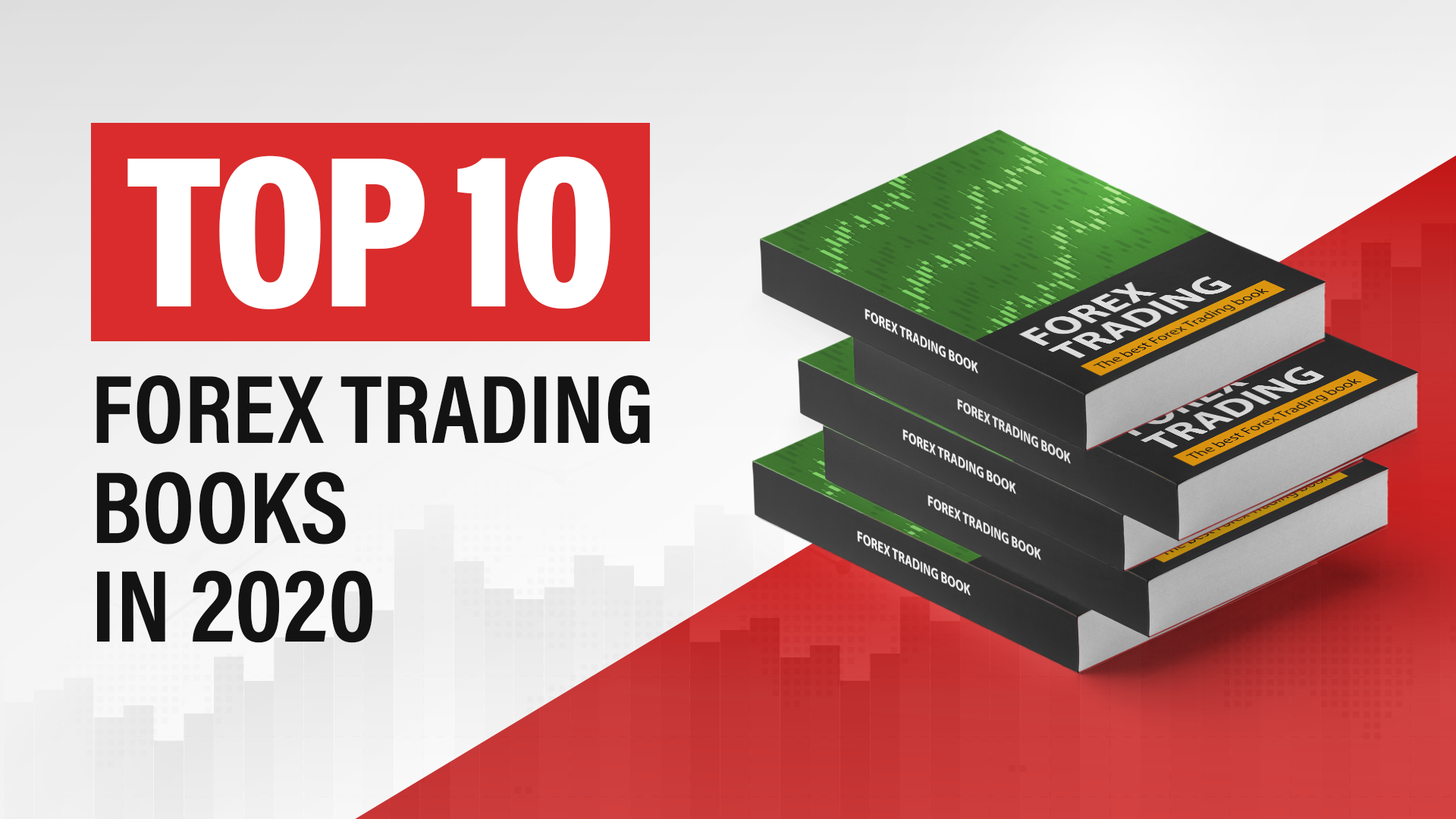Delve into the world of foreign exchange market trading books and discover the strategies, risk management techniques, and tools essential for success in this dynamic financial arena.
Foreign exchange market trading books provide invaluable insights into the global currency market, empowering traders with the knowledge and skills to navigate its complexities and capitalize on opportunities.
Market Overview

The foreign exchange market, also known as the forex market, is the global marketplace where currencies are traded. It is the largest and most liquid financial market in the world, with an estimated daily trading volume of over $5 trillion.
The forex market is open 24 hours a day, 5 days a week, and it operates in all major financial centers around the world. The most heavily traded currency pairs are the EUR/USD, USD/JPY, GBP/USD, and USD/CHF.
Further details about foreign exchange market in is accessible to provide you additional insights.
Factors Influencing Currency Exchange Rates
A number of factors can influence currency exchange rates, including:
- Economic growth
- Inflation
- Interest rates
- Political stability
- Supply and demand
Trading Strategies
In the dynamic foreign exchange market, a multitude of trading strategies are employed to capitalize on currency fluctuations. These strategies encompass a wide spectrum of approaches, ranging from technical analysis to fundamental analysis.
Technical analysis involves the study of historical price data and chart patterns to identify potential trading opportunities. Popular technical indicators include moving averages, Bollinger Bands, and relative strength index (RSI), which help traders gauge market momentum and potential trend reversals.
Browse the multiple elements of foreign exchange market basics to gain a more broad understanding.
Chart Patterns
Chart patterns, such as head and shoulders, double tops, and triangles, provide visual cues that may indicate future price movements. By recognizing these patterns, traders can make informed decisions about entry and exit points.
Fundamental Analysis
Fundamental analysis, on the other hand, focuses on economic data and events that influence currency values. This includes factors such as interest rates, inflation, economic growth, and political stability. By understanding the fundamental drivers of currency movements, traders can make long-term forecasts and identify potential trading opportunities.
Risk Management

Risk management is crucial in foreign exchange trading, as it helps traders mitigate potential losses and protect their capital. It involves identifying, assessing, and controlling risks associated with currency trading.
Types of Risk
There are several types of risk in foreign exchange trading:
- Market Risk: This arises from fluctuations in currency prices due to economic, political, or market events.
- Credit Risk: The risk of a counterparty (e.g., a bank or broker) failing to fulfill its obligations, leading to financial loss.
- Operational Risk: This encompasses risks related to trading systems, technology failures, human errors, and natural disasters.
Managing Risk
Traders can manage risk through various tools and techniques:
- Stop-Loss Orders: These orders automatically close a trade when the market price reaches a predefined level, limiting potential losses.
- Hedging: Involves taking offsetting positions in different currencies to reduce exposure to market risk.
- Diversification: Spreading investments across multiple currency pairs to reduce the impact of losses in any single pair.
- Risk-Reward Ratio: Traders should consider the potential reward of a trade relative to the risk involved before entering a position.
Effective risk management is essential for preserving capital and achieving long-term success in foreign exchange trading.
Trading Platforms and Tools: Foreign Exchange Market Trading Books
In the fast-paced world of foreign exchange trading, choosing the right trading platform and utilizing the appropriate tools can significantly enhance your trading experience and improve your chances of success. This section will provide an overview of different trading platforms and their features, discuss the advantages and disadvantages of using different order types, and explain how to use technical analysis tools to identify trading opportunities.
Find out about how foreign exchange market mechanism ppt can deliver the best answers for your issues.
Trading Platforms
Trading platforms are software applications that provide traders with access to the foreign exchange market. They offer a range of features, including real-time quotes, charting tools, order execution, and risk management tools. Some of the most popular trading platforms include MetaTrader 4, MetaTrader 5, and cTrader.
- MetaTrader 4: MetaTrader 4 is a widely used trading platform known for its user-friendly interface, extensive charting capabilities, and a large community of developers who create custom indicators and trading robots.
- MetaTrader 5: MetaTrader 5 is the successor to MetaTrader 4 and offers a more advanced feature set, including support for multiple asset classes, improved charting tools, and a built-in economic calendar.
- cTrader: cTrader is a relatively new trading platform that has gained popularity due to its intuitive interface, fast order execution, and advanced charting tools.
Order Types, Foreign exchange market trading books
Order types are instructions that traders use to tell their trading platform how to execute a trade. There are several different types of order types, each with its own advantages and disadvantages.
- Market Order: A market order is an order to buy or sell a currency pair at the current market price. Market orders are typically executed immediately, but there is a risk of slippage, which is the difference between the requested price and the actual execution price.
- Limit Order: A limit order is an order to buy or sell a currency pair at a specified price or better. Limit orders are not guaranteed to be executed, but they can help traders to avoid slippage.
- Stop Order: A stop order is an order to buy or sell a currency pair when the price reaches a specified level. Stop orders are used to protect profits or to limit losses.
Technical Analysis Tools
Technical analysis tools are used to identify trading opportunities by analyzing historical price data. These tools can be used to identify trends, support and resistance levels, and other patterns that can help traders to make informed trading decisions.
- Moving Averages: Moving averages are a simple but effective technical analysis tool that can be used to identify trends. Moving averages are calculated by averaging the closing prices of a currency pair over a specified period of time.
- Support and Resistance Levels: Support and resistance levels are price levels at which a currency pair has historically bounced off. Support levels are areas where buyers are likely to step in and prevent the price from falling further, while resistance levels are areas where sellers are likely to step in and prevent the price from rising further.
- Chart Patterns: Chart patterns are recognizable formations that can be found on price charts. Chart patterns can be used to identify trading opportunities, as they often indicate a continuation or reversal of the current trend.
Market Sentiment and News Analysis
Understanding market sentiment and analyzing news and economic data are crucial for successful foreign exchange trading. Market sentiment reflects the collective attitude of traders towards a particular currency pair, influencing its exchange rate. By analyzing news and economic data, traders can identify potential trading opportunities and make informed decisions.
Sentiment Indicators
Various sentiment indicators measure market sentiment. Some common indicators include:
- Relative Strength Index (RSI): Measures the momentum of price changes, indicating overbought or oversold conditions.
- Moving Averages: Smooths out price fluctuations, providing a trend indicator.
- Sentiment Surveys: Collect opinions from traders, providing insights into market sentiment.
- Social Media Sentiment Analysis: Monitors social media platforms to gauge market sentiment.
News and Economic Data Analysis
News and economic data can significantly impact currency exchange rates. Traders should monitor:
- Central Bank Announcements: Interest rate decisions and economic forecasts can influence currency values.
- Economic Reports: GDP growth, inflation data, and unemployment rates provide insights into economic health.
- Political Events: Elections, referendums, and trade agreements can affect currency stability.
- Natural Disasters: Major events like earthquakes or hurricanes can impact economies and currencies.
By combining sentiment analysis with news and economic data analysis, traders can gain a comprehensive understanding of market conditions and make informed trading decisions.
End of Discussion

Whether you're a seasoned trader or just starting your journey, foreign exchange market trading books offer a wealth of information and guidance to help you master the art of currency trading.
